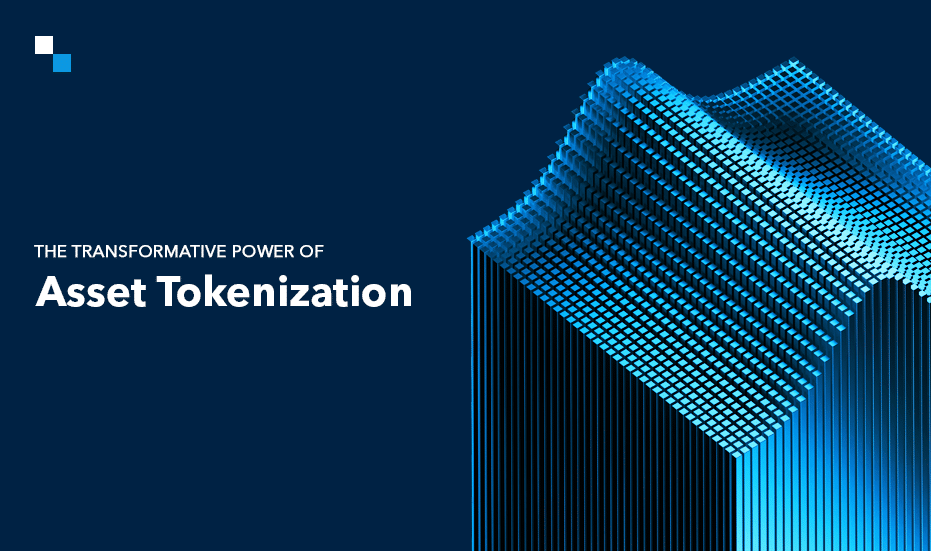
The world of blockchain is no longer confined to cryptocurrencies like Bitcoin or Ethereum. In 2024, real-world asset tokenization is emerging as a transformative force in the investment landscape. This innovative process enables tangible assets such as real estate, fine art, and even government securities to be converted into digital tokens on a blockchain. These tokens represent ownership or a stake in the underlying asset, allowing investors to trade fractional shares in a secure and transparent environment. As the tokenization of real-world assets (RWAs) gains traction, it is revolutionizing traditional finance and bridging the gap between centralized and decentralized systems.
At its core, tokenization leverages blockchain technology to solve long-standing inefficiencies in asset ownership. Traditional investments often require large upfront costs, making them accessible only to wealthy or institutional investors. Tokenization democratizes this space by enabling fractional ownership, allowing a broader range of investors to participate. For example, instead of purchasing an entire property, an individual can now own a fraction of it, opening the doors to real estate investment with as little as $1,000. Platforms like Ondo Finance and RealT have been at the forefront of this shift, facilitating trades of tokenized assets across global markets.

The benefits of tokenization are not limited to accessibility. Blockchain’s inherent transparency ensures that every transaction is securely recorded on an immutable ledger. This not only increases trust but also eliminates the need for intermediaries like brokers or escrow agents, significantly reducing costs. Furthermore, tokenized assets can be traded on secondary markets, making them far more liquid than traditional investments. This feature is especially attractive for assets like real estate, which historically suffer from low liquidity and lengthy transaction processes.
However, the journey is not without challenges. Regulatory compliance remains a significant hurdle, as tokenized assets must adhere to local and international securities laws. Moreover, technological barriers, such as blockchain scalability and interoperability, must be addressed to ensure seamless adoption. Despite these obstacles, the momentum behind RWA tokenization continues to grow, driven by advancements in blockchain technology and increased interest from institutional investors.
Looking ahead, the future of blockchain investments is intertwined with the rise of tokenization. Projects are exploring new frontiers, such as tokenizing carbon credits to promote sustainability or integrating RWAs into decentralized finance (DeFi) protocols for innovative financial products. The combination of accessibility, efficiency, and global reach positions tokenization as a game-changer for investors and asset managers alike.
As the lines between traditional and digital finance blur, one thing is certain: tokenization is not just a trend but a pivotal development reshaping the financial landscape. For investors seeking to stay ahead of the curve, 2024 is the year to embrace the opportunities presented by real-world asset tokenization. Whether it’s real estate, art, or government securities, the future of investment is being tokenized, one asset at a time.



